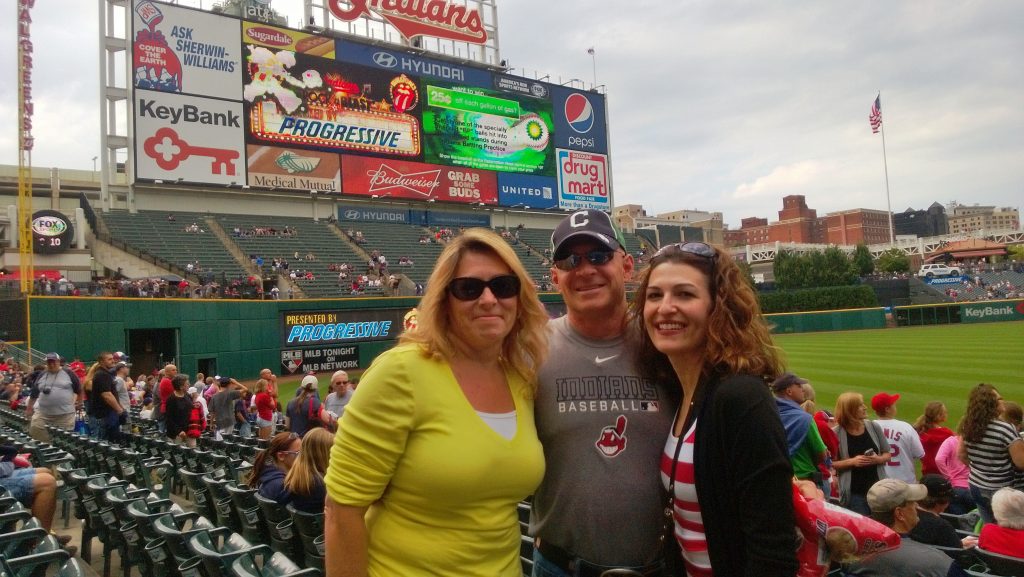Ten years ago today we lost my brother Jim. At forty-seven, he was in his prime. I lament the unfinished promise of his life, and all that it held for his two sons. I mourn for my sister’s children and my own, for all they lost in him, a shining example of an uncle and friend.
In honor and remembrance, I’m sharing below the full excerpt of an essay I wrote about Jim for my second book, When Losses Become Legacies: Memoirs on Grief, God, and Glory. It’ll be up for a month. After that, you can buy the book—and read more essays by my co-author, Christy, and me.
************
I stood in the middle of the Louvre, startled to silence by a piece of art. It wasn’t the Mona Lisa, Winged Victory, or Marriage at Cana. It was a postcard print of Albrecht Dürer’s drawing, Praying Hands, in the museum shop.
Shadowy, rugged, and strong, the hands float in a gray wash on blue paper. My mom, who died of breast cancer almost a decade before, sported a Praying Hands lapel-pin as far back as my memory stretched. Her gravestone is etched with a replica of the hands.
I didn’t know they were Dürer’s work until I went to Europe in the late 1990s. I bought the print and stashed it in my postcard collection. Stowed away in a small box, it laid there for the next fifteen years.
The summer my brother, Jim, sank into a suicidal sea, I remembered the Praying Hands. I decked them in a dark-wood frame and gave them to Jim during our last weekend together. My sister and I had flown to see him, and he promised he would make no more attempts on his life. There had been at least ten.
Later that week, he sent me a picture of the print standing on his desk.
“It reminds me to pray,” he said. “Thank you.”
Those dark days were some of our closest as siblings and friends. My sister and I believed his will to live would help him untangle from the snares of depression. As summer wore on, he appeared to make good progress.
But within a month of our weekend visit, he was gone.
Prayer’s Mysterious Power
Jim was forty-seven when we lost him.
As time passed, I thought about the Praying Hands, but I didn’t seek to reclaim them. To my surprise, they found me anyway. They hang now in my home, hugged by their careworn frame.
My mom died when she was forty-six and I was fifteen. Back then, I thought she was old. Now that I’m older than she lived to be, I know she was young.
I prayed for her to be spared. Though she wasn’t, I continued to pray. I don’t know why. Faith is equal parts mystery, diligence, and discovery.
When people leave this earth in the prime of their lives, as my mom and my brother did, it complicates the grieving process. How did my prayers on their behalf enter the mix?
To keep reading this and other essays, grab a copy of my second book, When Losses Become Legacies: Memoirs on Grief, God, and Glory. Thanks for supporting my work!

So sorry for your ongoing loss. Thought so fondly today of my own eldest brother, now gone for a hard-to-imagine forty years. Keep sharing your story!
The hands reminds of our Divine Savior, who defeated death. Love that. Look away to Jesus, the Way, the Truth and the Life. He is the All in all and the answer to All things. What a blessing to have had a loving brother, I had one too! Life is hard without them, but I wouldn’t trade the pain of loss for a life of never knowing what it was like to have had the love we shared!